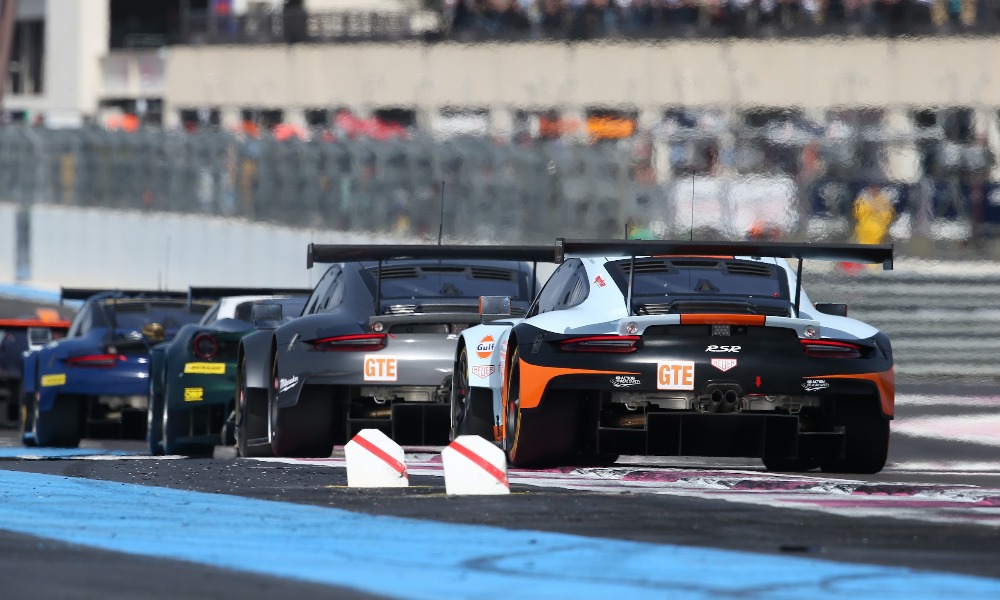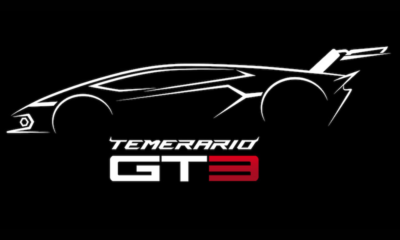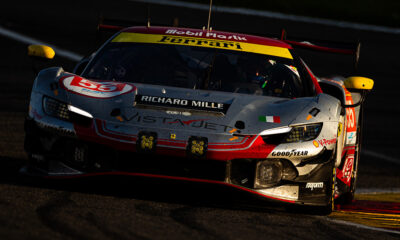
Photo: Olivier Beroud Images
GTE cars will be subject to success ballast, in one of several changes to the European Le Mans Series sporting regulations for 2019.
Additional weight will be applied to cars based on previous race results and championship positions, with a maximum penalty of 45 kg available.
The cars that finish first, second and third will be required to run with 15, 10 and five kilos of extra weight at the next two events.
The same amounts will also be issued to the top three cars in the championship standings going into each race weekend.
Total success ballast will be calculated on an A+B+C formula where A equals results from the previous race, B equals results from the race before that, and C equals points positions.
Other changes to the sporting regulations include a ban on allowing teams to refuel their cars and change wheels at the same time.
Teams could perform both tasks simultaneously in 2018, but this action will be abolished after one trial season.
Temporary dispensation from the rule on driver lineup composition, based on FIA driver ratings, has also been taken away.
This comes after the controversy surrounding the No. 26 G-Drive Racing entry’s request to run an all-professional crew in 2018.
The TDS-run operation agreed to adjust its driver lineup before the season started by including a Silver-rated driver in Andrea Pizzitola, who went on to win the LMP2 title with Roman Rusinov.
Finally, the top two entries in the LMP2 standings at the end of the year will receive automatic invitations to the 24 Hours of Le Mans in 2020.
Previously, only the champions in the ELMS top category would be guaranteed a spot on the grid for the French endurance classic.























